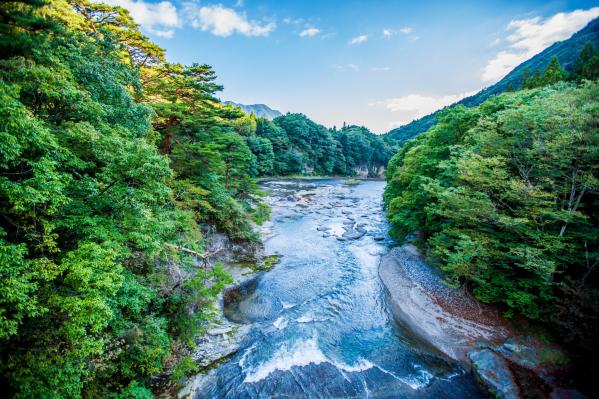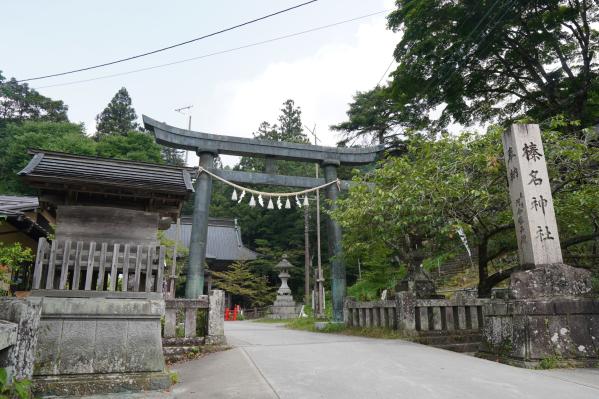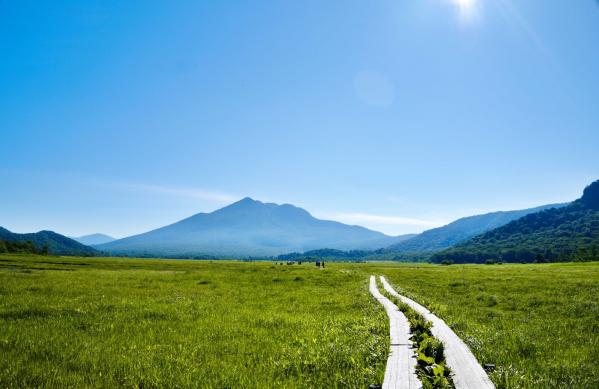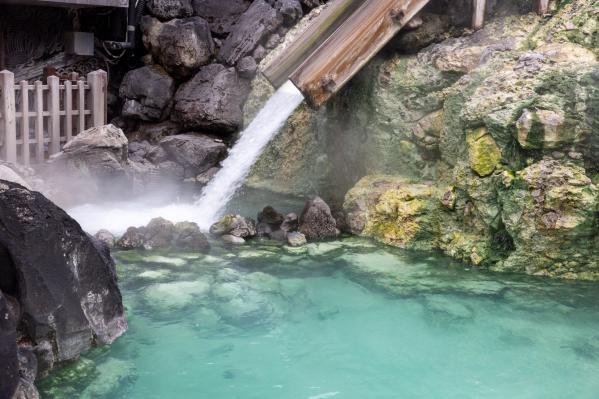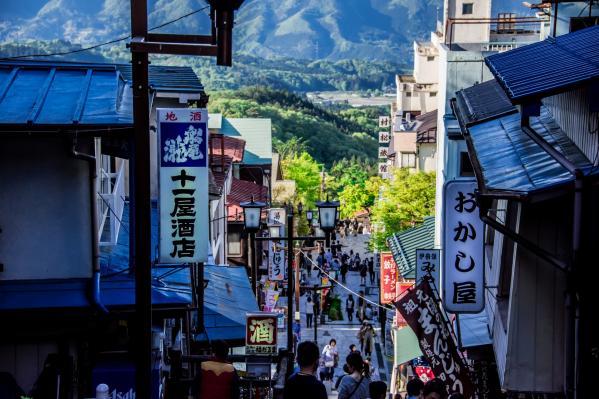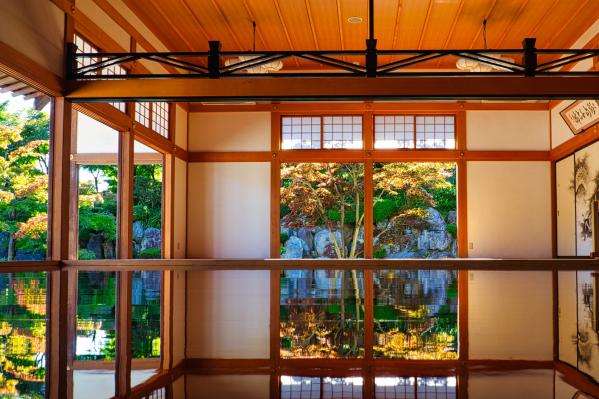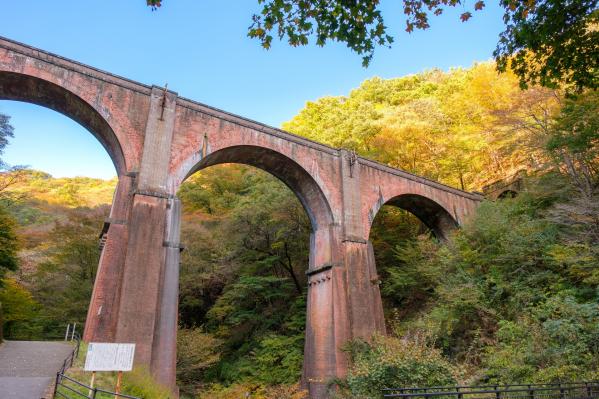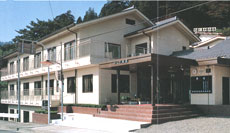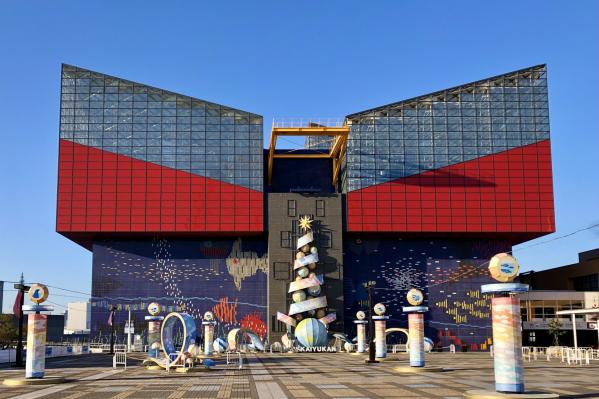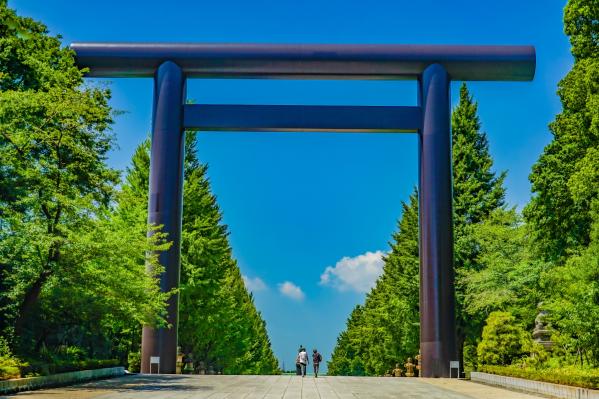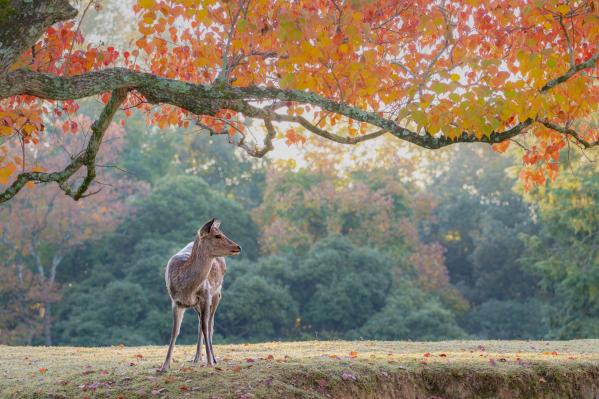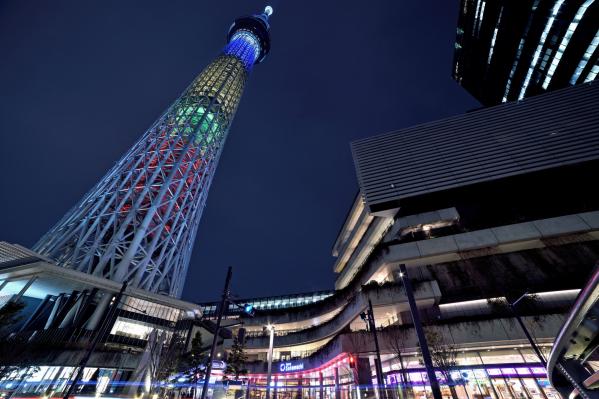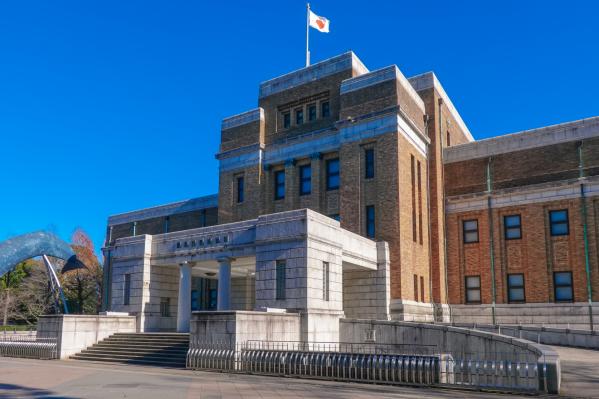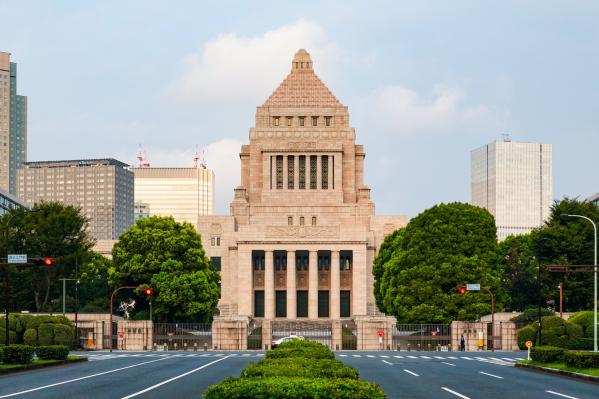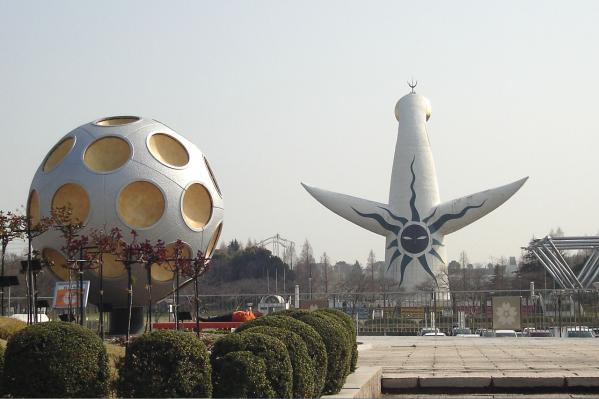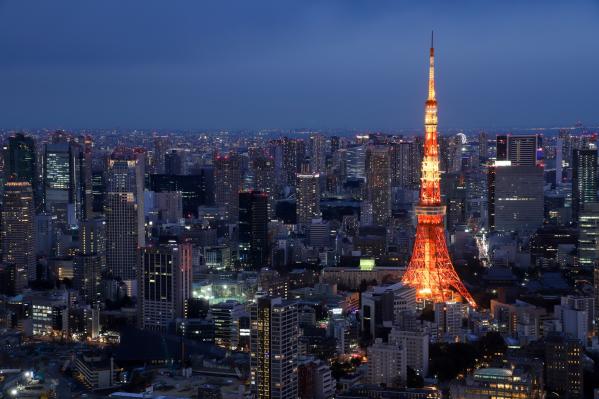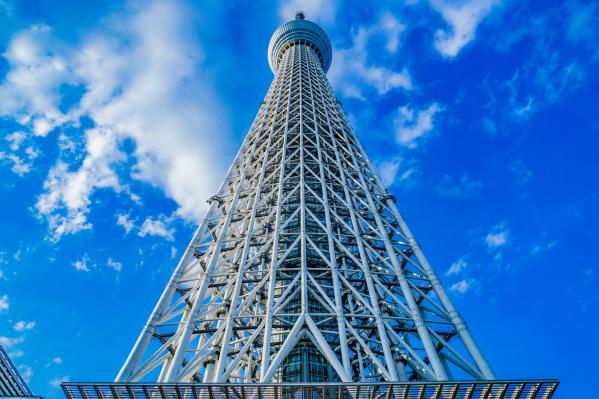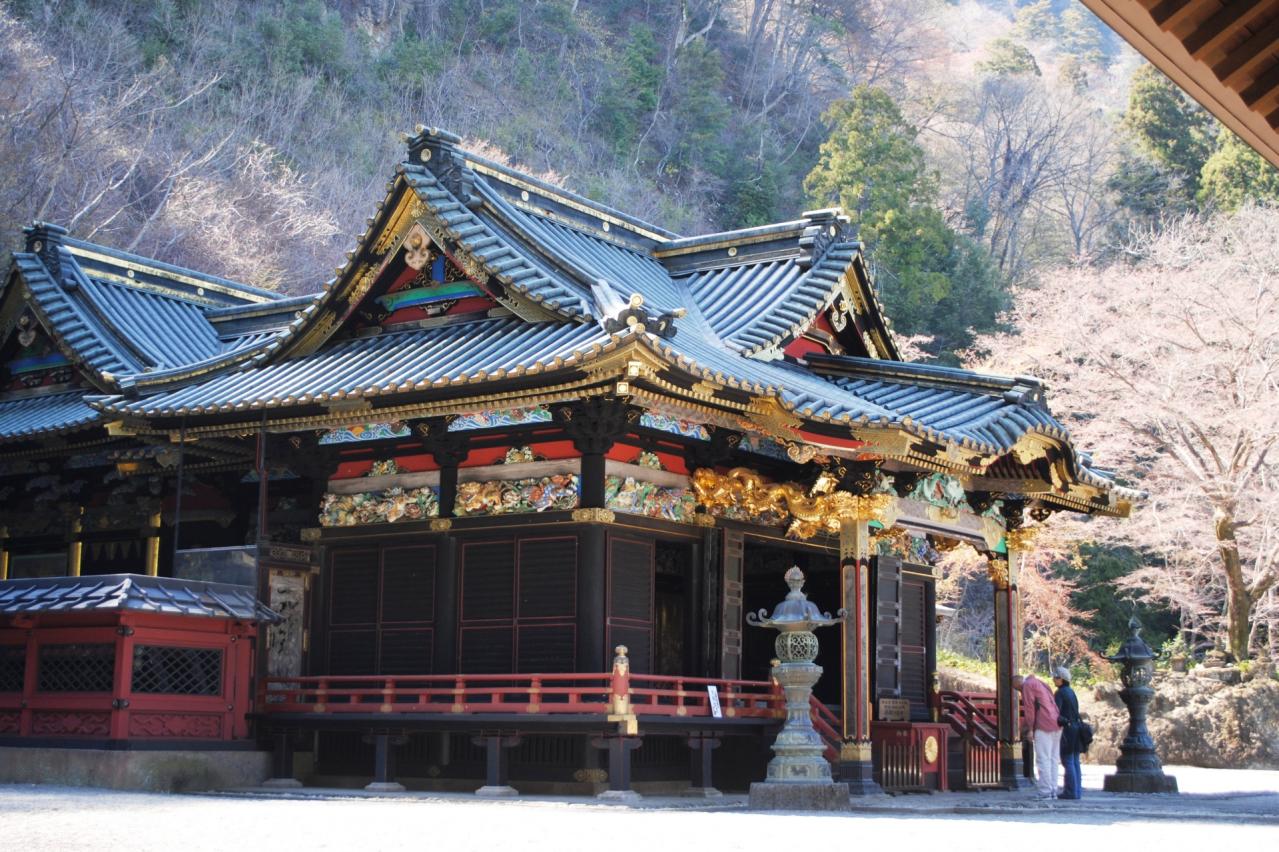
Myogi Shrine
Basic Information
- Spot Name
- Myogi Shrine
- Location
- 〒379-0201 6 Myogi, Myogi-cho, Tomioka City, Gunma Prefecture, Japan
- Access
- 10 minutes by taxi from JR "Matsumida" Station.
15 minutes by taxi from Shinetsu Line, Isobe Station. - Parking
- Parking available
- Business Hours
- Free to wander (Treasures Hall 9:00 AM - 5:00 PM)
- Fees
- The treasure hall entry fee is 200 yen for adults and 100 yen for elementary school students.
- Contact Information
- Phone Number:0274-73-2119
- Official Website
Map
Detailed Information
Myogi Shrine is located at the eastern foothills of Mount Myogi, renowned for its unique rock formations, particularly the main peak, Hakuen Mountain. Nestled in an area of immense natural beauty teeming with ancient cedar trees, the shrine is said to have been established in the 2nd year of Emperor Senka's reign (537 AD). It enshrines the principal deities, Yamato Takeru and Toyouke no Okami, along with other notable gods such as Sugawara no Michizane. For centuries, it has attracted widespread worship for its blessings of good fortune, prosperous business, academic success, matchmaking, fire protection, and agricultural guardianship, drawing many visitors from across the Kanto and Koshinetsu regions.
The name "Myogi" is believed to have originated from the title "Meikon" (Bright Spirit) coined by the Chancellor Nagachika, who served the Emperor Go-Daigo, in reference to the remarkable beauty of the mountains in this area. During the Edo period, it gained the fervent respect of the shogun families, including the Maeda clan of Kaga, and was granted thirty "sho" (a unit of land measurement) of designated land.
Within the shrine grounds, one can find the towering vermillion-painted main gate, 12 meters high, which is the largest of its kind in the Kanto region, along with intricately carved and vibrantly colored Torii gates, and the black lacquered Gongen-style main hall, worship hall, and offering hall, all constructed from the early to mid-Edo period. These structures have been designated as Important Cultural Properties of Japan and are celebrated for their splendor, often referred to as the "Nikko of Jomo."
The shrine grounds and approach are adorned with weeping cherry trees over 200 years old, attracting crowds of hanami (flower viewing) enthusiasts in spring. In autumn, the foliage transforms the steep slopes of Mount Myogi into a striking array of reds, complemented by a beautiful view of the Kanto Plain from the borrowed scenery garden. There are also three cedar trees over 500 years old, known as powerful power spots.
Moreover, the shrine houses a vast collection of treasures, including paintings, sculptures, ancient documents, metal crafts, fossils, and imported items, some of which are occasionally displayed to the public. The entire Mount Myogi area is designated as a nationally recognized scenic spot and is part of the Myogi-Arafune-Saku Kogen Quasi-National Park. During the seasons of fresh greens and autumn leaves, visitors can experience a majestic landscape where faith and natural beauty coexist harmoniously.
Myogi Shrine, representing Gunma, is a prominent sacred site that conveys a history and culture of approximately 1,500 years, embodying the harmony of faith, culture, and nature.
Myogi Shrine Movies
Gunma Tourist Attractions
View ListFukiware Falls
Fukiwari Falls is a magnificent waterfall that boasts a height of about 7 meters and a width of 30 meters. It gets its name from the appearance of a huge rock that s...
Haruna Shrine
Haruna Shrine, located on the slopes of Mount Haruna in Takasaki City, Gunma Prefecture, is an ancient shrine believed to have been established during the reign of E...
Oze National Park
Oze National Park is the largest high-altitude wetland in Honshu, spanning the four prefectures of Gunma, Tochigi, Fukushima, and Niigata. From the snowmelt in May t...
Gunma Safari Park
Gunma Safari Park is a vast safari park where about 100 species and 1,000 animals live in an environment close to nature. Visitors can observe lions, zebras, giraffe...
Kusatsu Onsen
Kusatsu Onsen is one of Japan's representative hot spring resorts located in Gunma Prefecture. A particular highlight is the "Yubatake," where blue-green hot spring ...
Ikaho Onsen
Ikaho Onsen is a historic hot spring area celebrated in classic Japanese poetry, including the Manyoshu and the Kokin Wakashu. With a history spanning over 600 years...
Hotokuji Temple
Hōtokuji is a historic temple founded during the Muromachi period. It is particularly famous for the "momiji on the floor" seen in the main hall, which is open to th...
Usuidai Sankyoryo (Megane Bridge)
Usui Pass Third Bridge is one of Japan's largest brick arch bridges, located in Usui Pass, Annaka City, Gunma Prefecture. Its elegant form has earned it the nickname...








